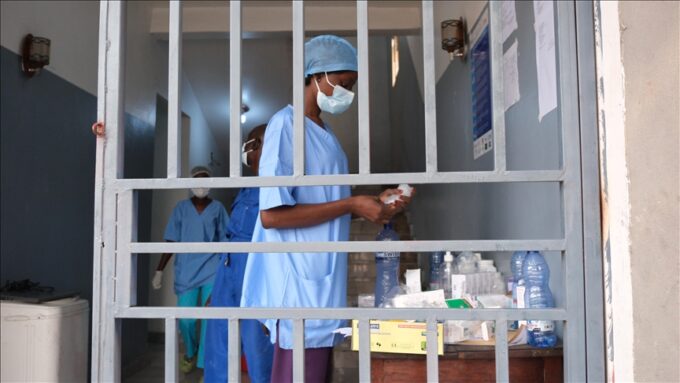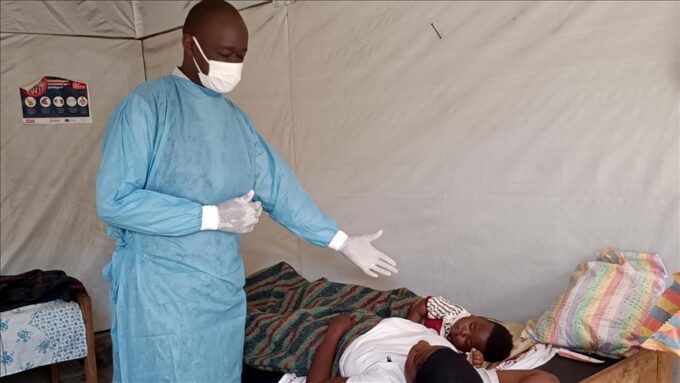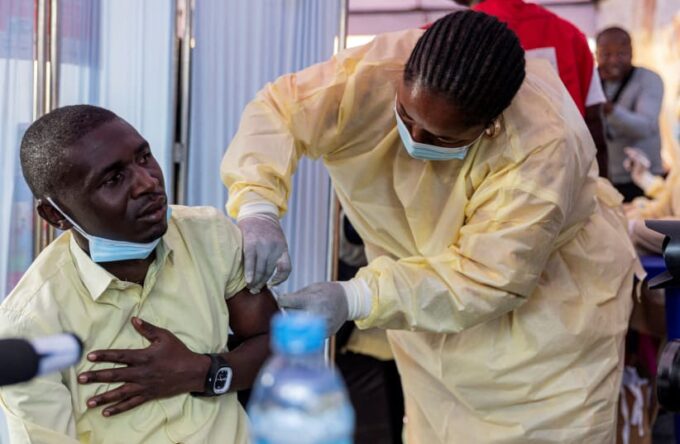Zimbabwe’s National Air Ambulance Service, operated by Helidrive Zim – a Russian aviation firm has earned praise for its outstanding operational performance, achieving a 100% success rate since its launch in August 2024. According to state media, the service has successfully airlifted 187 patients, predominantly from remote areas in Mashonaland provinces, to major medical facilities in Harare and Chinhoyi without recording a single fatality.
The service’s zero-fatality record has been credited to a combination of skilled personnel, well-equipped aircraft, and meticulous operational protocols. Freddy Mhondiwa, Medical Director for Helidrive Zim, attributed this success to the competence of the service’s dedicated staff and the advanced capabilities of its aviation fleet.
“Our highly trained pilots, medical professionals, and technical teams ensure that patients receive rapid and critical care during transport,” Mhondiwa stated. “This is not just about aviation but about saving lives through precision, speed, and expertise.”
Zimbabwe’s National Air Ambulance Service has emerged as a vital component in bridging the healthcare access gap, particularly for rural communities where medical facilities remain scarce and geographically isolated. With its focus on Mashonaland provinces—areas where road infrastructure and emergency response capabilities are limited—the air ambulance service provides timely transportation for critical cases, ensuring patients receive lifesaving treatment at specialized urban hospitals.
Since its inception, the service has demonstrated the transformative impact of air transport in emergency healthcare. “In a country where terrain and infrastructure can make medical access challenging, air ambulances are proving to be a game-changer,” said Mhondiwa.
The success of the air ambulance service also reflects the Zimbabwean government’s broader modernization agenda under President Emmerson Mnangagwa. Positioned as a key initiative to improve healthcare delivery and emergency response, the program aligns with national goals to develop infrastructure, enhance human capital, and modernize essential services.
Helidrive Zim, as the operational partner, is actively training over 150 local professionals, including pilots, medical doctors, and nurses. This capacity-building effort aims to transfer knowledge and skills, ensuring the sustainability of the service while empowering Zimbabweans to take charge of its operations.
“Our goal is not just to provide immediate services but to develop a locally driven system where Zimbabwean pilots and medical staff are fully equipped to lead,” said Mhondiwa.
The air ambulance service operates a fleet of 18 Russian-made helicopters, delivered to Zimbabwe in May 2023. These aircraft, known for their reliability and advanced medical configurations, have been instrumental in providing safe and effective patient transport. Russian specialists, through Helidrive’s comprehensive training program, continue to support operations and ensure that the helicopters are maintained to the highest standards.
Helidrive Zim’s partnership with Russian aviation experts highlights a growing collaboration between Zimbabwe and Russia in areas of technology, healthcare, and aviation. This cooperation not only strengthens emergency response capabilities but also underscores the role of international partnerships in advancing Zimbabwe’s development agenda.
For Zimbabwe, where rural healthcare infrastructure has long been a challenge, the air ambulance service is more than just an emergency response solution—it represents a strategic step toward inclusive healthcare. The Mashonaland provinces, where the majority of airlifts have occurred, have historically faced delays in accessing specialized care due to poor road networks and limited medical facilities.
The service’s ability to rapidly transport patients to urban hospitals has significantly improved survival rates for critical conditions such as trauma, obstetric emergencies, and severe illnesses requiring specialized interventions.
Health sector experts note that while air ambulances cannot replace broader healthcare reforms, they provide an immediate and life-saving stopgap for communities in need.














Leave a comment